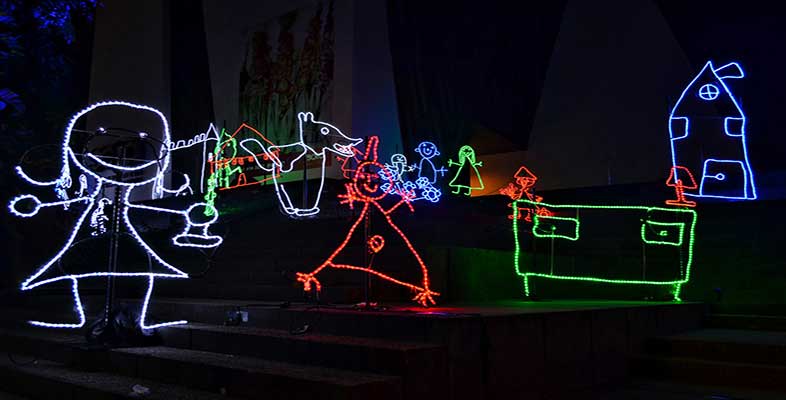3.2 How do children shape their own development?
A lot of research focuses on the external influences that shape children’s development and treats them as relatively powerless. But of course children have a role in their own development and in selecting the sorts of environmental influences they are exposed to. Even newborns select what to pay attention to by where they look and how they orient themselves (usually towards familiar sounds, things that are new or surprising to them, or to the smell of milk!). Infants will often try to elicit certain behaviours from adults by giving them cues, such as covering their eyes to play peek-a-boo. Indeed, infants’ sensitivity to very subtle communicative cues and their role in social interaction is surprisingly sophisticated. Aspects specific to the child such as their temperament can also greatly influence how adults and other children interact with them. Once children begin to speak they often drive conversations – expecting responses from adults or asking questions. And when children begin to engage in imaginary play from around 2 years of age they often take on new personas and roles that help them make sense of different aspects of their world or deal with things that they are frightened of (Howes and Matheson, 1992), for instance by pretending to be a superhero fighting off monsters. By the time children reach school age they have begun to make many decisions about their environment, such as who to be friends with and what interests to pursue.
